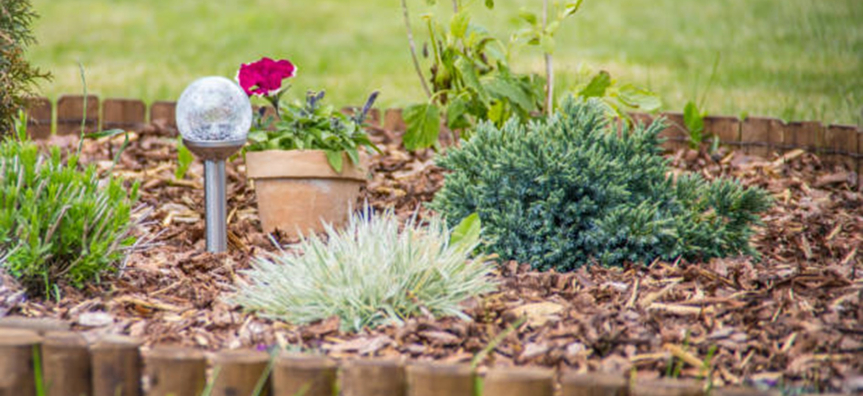
Did you know the plants, leaves and grass in your yard is supercharged?
As autumn sets and deciduous trees shed all their leaves, here’s a few handy tips on how to convert garden waste into nutrients to nourish your soil and plants.
Grow your compost
If you combine equal parts garden waste and food waste this creates beautiful compost to return to your garden. This easy step-by-step guide has lots of tips.
A vegetable garden will certainly benefit from compost being added to the soil, as well as non-native plants, although natives thrive better without compost.
Using leaves as mulch
Did you know you can prevent weeds growing in your lawn without using chemicals?
Instead of raking all your leaves in a pile and adding them to your vegetation bin, leave them on the lawn and mow over them. Once you have worked the leaves into the lawn, then rake the lawn to help fluff up the grass.
Alternatively use a leaf blower that has a sucking option. The chopped leaves are ideal for your compost bin or garden beds.
Please never blow them onto the road where they will wash into the local stormwater system.
What should I do with my lawn clippings?
Add your grass clippings along with leaves to your compost bin.
If you have a mulching mower, they easily chop up your grass clippings so you can drop them back onto the lawn, creating free fertiliser for the soil. Try to mow regularly, so your grass is not too long and the clippings don’t pile up. Also remember to add grass clippings to your lawn, not your garden due to the potential presence of weeds.
No mulching mower? Remove the grass catcher from your mower and leave the clippings on the lawn. This adds rich organic matter to the soil, saving you time and energy.
Be careful if you have too many weeds such as dandelions on your lawn. It’s best not to leave the cut grass on the lawn if the weeds are going to seed.
Creatively use your branches and logs
Use small branches and logs for garden edging as well as arranging them in an informal way on the ground to create habitat for native wildlife. A log placed over a pond can help thirsty wildlife to access the water.
Consider occasionally hiring a gardener that owns a woodchipper. Use pruned branches and logs you have accumulated over time to spread the woodchips over your garden.
All these tips help keep our green waste out of the bins and enable reuse and nutrients to our own backyard. However, if you still have any green waste left over it’s better to drop this in the green bin once it’s dry, as wet vegetation is harder to transport and recycle.
